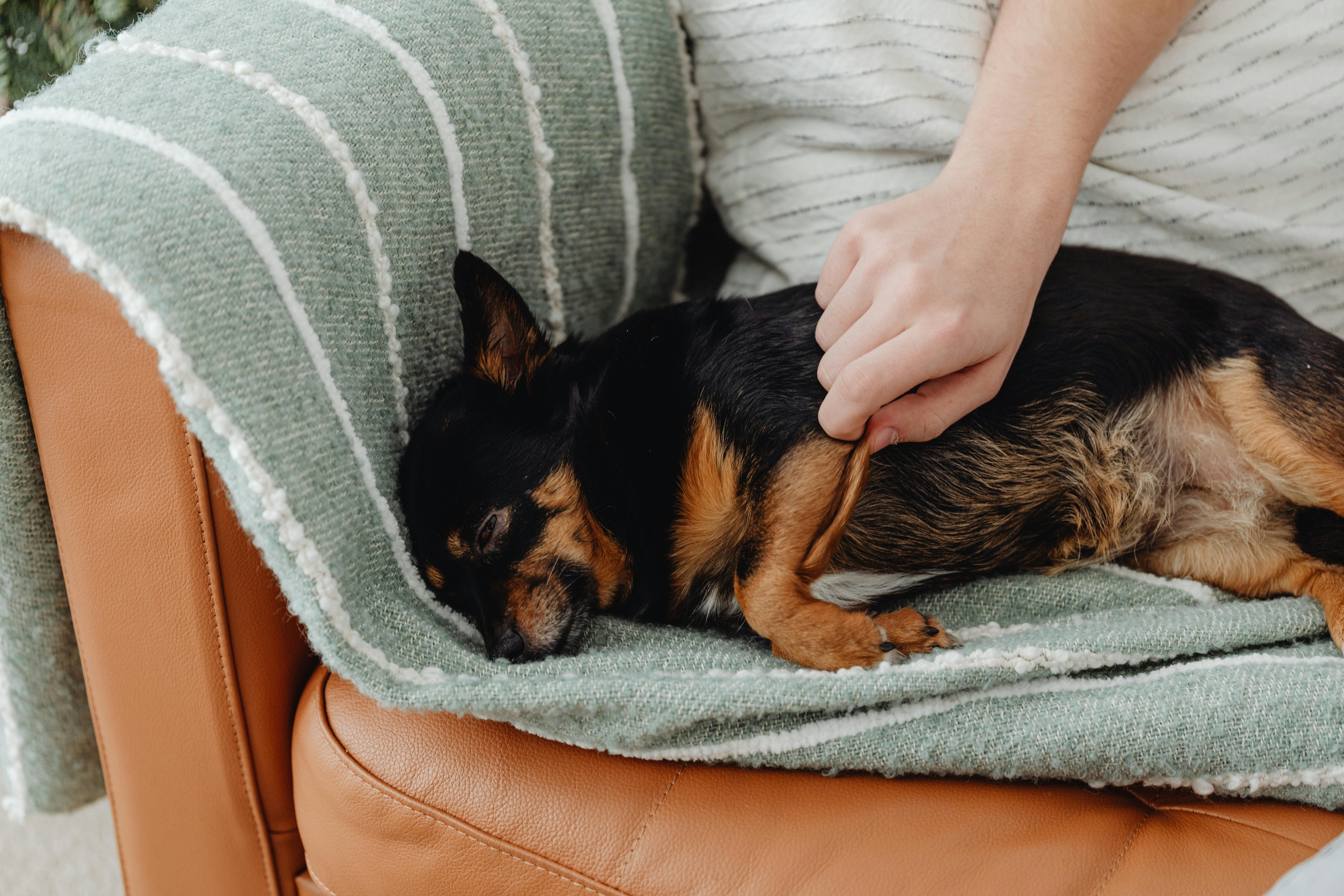Most people don’t know the proper way to handle a knife, whether in the kitchen or in some other everyday use.
I’ve been working in a kitchen as a chef for 25 years and it never ceases to amaze me how carelessly people handle a knife; one of the most used and dangerous tools in the kitchen. A knife is not a toy and should not be used as such. Always respect a knife. It is also not a can, bottle or jar opener. It is also not a screwdriver, as this can damage the tip of the blade and possibly slip and injure the user.
Always hold a knife in your dominant hand. If you are right-handed, hold the knife in your right hand. Similarly, if you are left-handed, you would hold the knife in your left hand. You should always have the blade angle away from you. Never cut anything in the direction of your body, as you are more likely to cut yourself.
Never cut anything while holding it in your hand. Always use a cutting board with a damp cloth underneath whenever you’re slicing, chopping, or dicing. This will prevent the board from sliding or shifting on the counter.
Also remember to keep your knives sharp at all times, as a dull knife is more dangerous than a sharp one. A dull knife will jump or slide off the object it is cutting and possibly cause serious injury to the user. This is why it is important to have a whetstone or knife sharpener.
Most people don’t know the proper way to pass a knife to another person. Some people will hold the knife by the blade while others will hold it by the handle. Each of these methods is wrong. What would happen if someone collided with the person receiving or passing the knife? This is an accident waiting to happen. The only correct way to pass a knife to another person is to lay him flat on a table with the edge of the blade facing the other way so he can pick it up himself.
When you walk through the kitchen, you never have a knife loose in front of you. The only way to carry a knife in the kitchen if necessary is by the handle, at the side of the leg with the sharp edge to the rear.
You should always wash your knives by hand after each use. Never put a knife in the dishwasher or sink with soapy water, as someone could reach in and cut themselves without knowing a knife was there.
Make sure you always use the right knife for whatever job you’re doing. Paring knives for coring or cleaning products, a chef’s knife for mincing or shredding, and a slicing knife for slicing. Serrated knives should only be used for slicing bread or sandwiches.
Always store your knives properly when you are not using them. The best is a knife block or a magnetic rack. If you must store your knives in a drawer, be sure to keep them in a separate compartment away from other utensils.
On a final note, if you ever drop a knife, don’t try to catch it. I can’t tell you how many accidents I’ve seen as a result of this. Drop it and rest completely before picking it up. Always stay focused on your task without distractions when using a knife.




